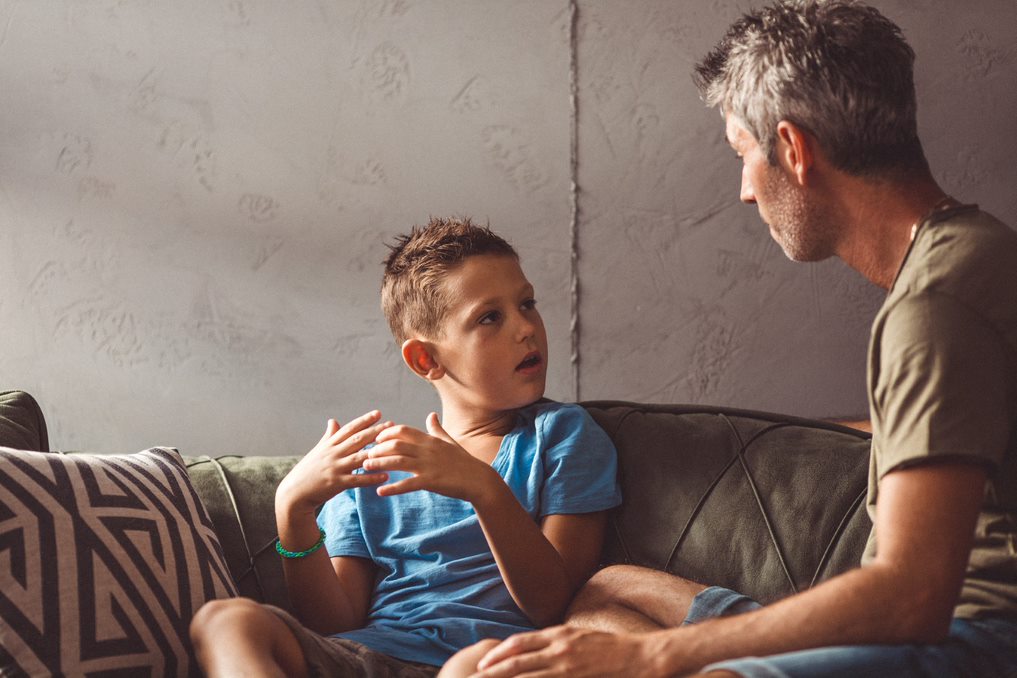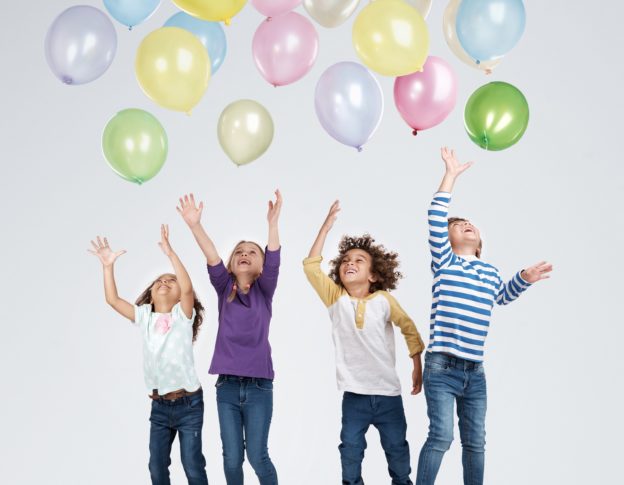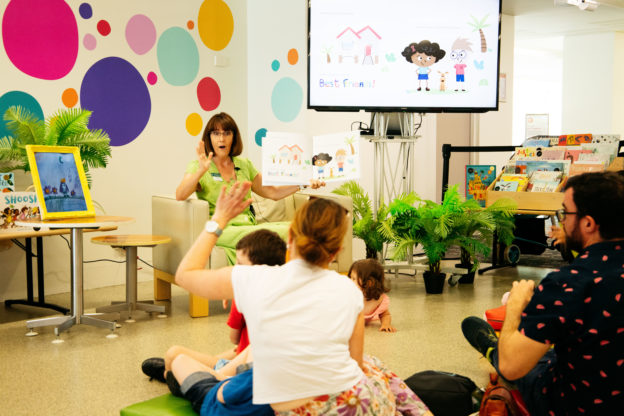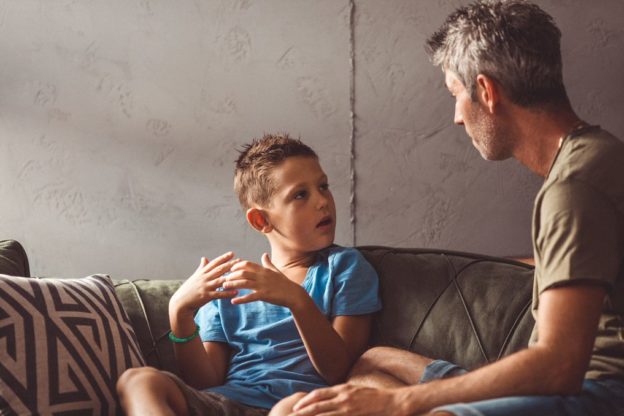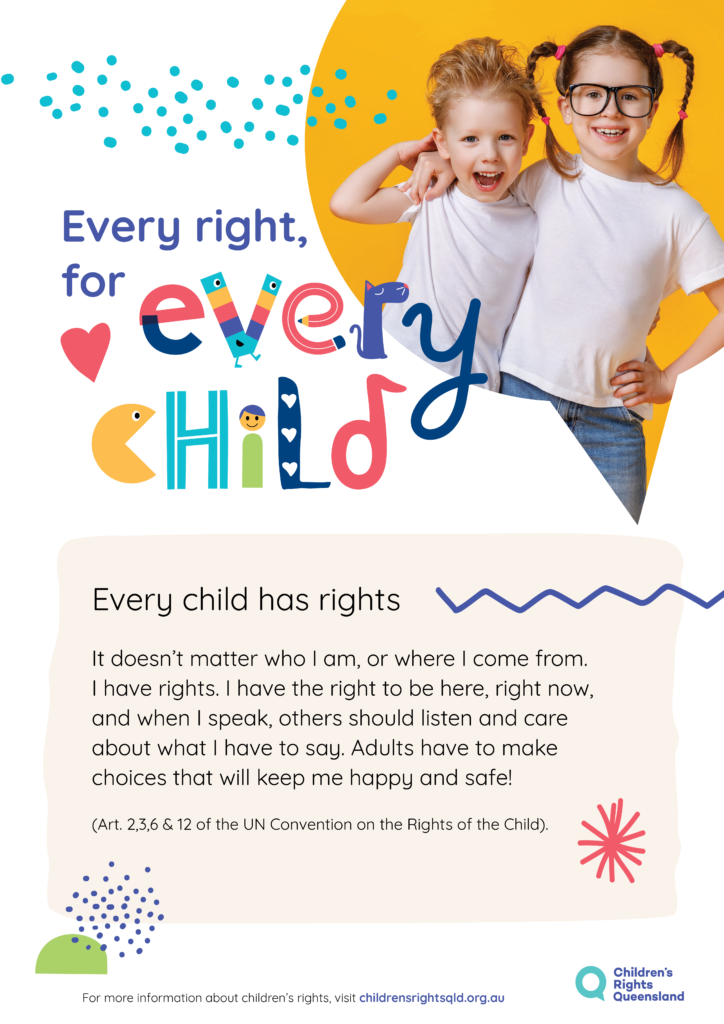Every child’s right to reliable information
It’s hard to avoid the news these days.
Whether from your television, radio, mates or social media feed, it’s everywhere.
For children, it’s no different. As the current generation of digital natives becomes aware of the world around them, they are spending increasingly large amounts of time online. Of course, they do not always have the cognitive and emotional capacity to distinguish between reliable and unreliable information. This leads to both greater risk of harm from mis/disinformation, and more often than not, children are likely to spread this information amongst their friends and family.
Yes, children are likely targets for unreliable information, but with the right help and safeguards from those around them and government policy, we can help them challenge and debunk misleading news and sources.
What is the right to reliable information?
Article 17 of the UNCRC states:
‘Children have the right to reliable information from the media. Mass media such as television, radio and newspapers should provide information that children can understand and should not promote materials that could harm children.’
As active online users, children constantly gather information from the media as part of their formal education and own self learning. This may include information on their health, their local community and the world at large.
Unfortunately, many sources across all platforms seek to undermine and deliberately mislead the public with partially or fully fabricated information. This could be heavily biased news, information purposely used out of context, omission of critical facts, or outright fake news.
Article 17 of the UNCRC entitles access to true and reliable and safe information . It maintains that both private media outlets and the government are responsible for keeping harmful content away from children, and that it can be easily distinguishable as fact or fiction.
How does reliable information contribute to each child’s development and understanding of the world?
Most children get their news from their family and social media feed. While it’s difficult to measure what information is being spread in private households, it is vital that where possible, the facts are represented clearly so that children can develop their ability to critically analyse and respond to the world around them.
With better access to reliable information, children can:
- form a balanced view of their community
- engage in educated discussions about issues they care about
- form a realistic view of people’s needs in their society
- honestly express themselves
- rationally consider differing opinions
What harm can come from misinformation?
Children are particularly vulnerable to misinformation because their emotional and cognitive capacities are still developing. As they grow older, their motivations evolve, and with it, so does their ability to understand how this impacts their actions and beliefs.
A UNICEF survey in 10 countries points to flaws in how young people evaluate online information, with up to three-quarters of children reported feeling unable to judge the truth of the information they encounter online. While 60% of teachers surveyed believe ‘fake news is having a harmful effect on children’s well-being by increasing anxiety, damaging self-esteem and skewing their world view’.
With so much misleading information, children don’t know who to trust. And as a consequence, are more likely to close off from external sources and trust those that are close to them instead. This means they are more likely to amplify and create their own misinformation amongst their family and friends. And with access to more social media apps than ever, spreading false news amongst their peers without their parents knowledge is also a real and present risk – continuing a cycle that becomes more and more difficult to break the longer it’s allowed to happen.
Places that children gather their information in Australia
According to The Conversation, a recent survey provided a clear insight into where most Australian children are getting their news from.
Majority of young people consume news directly from news sources or they hear about it from people they know and trust, with 88% having heard about news events from at least one source.
The most common source? Family, with 54% of children reporting that’s where they had received their most recent news.
Other common sources include school, social media and television, representing a shift in how young Australians consume news. It has now become an increasingly social experience, and one that carries more opportunities for embellishment and altering of the truth.
How can we uphold the right to reliable information/what can we do to support this right?
The fight against misinformation is one that will continue long into the future. It’ll take many parts of society working together to see tangible results, but it can be done.
Unreliable information can be countered in various ways by government policies, society, tech companies, parents, educators and children themselves. Unfortunately, the will to stop the spread of misinformation is currently lacking at the top levels of government and private enterprise, and as it stands, efforts to make a change are disjointed.
But for those of you who want to help your children understand how to critically analyse the information they encounter, here are a few questions they can consider:
- Who made this?
- Who is the target audience?
- Who paid for this? Or, who gets paid if you click on this?
- Who might benefit or be harmed by this message?
- What is left out of this message that might be important?
- Is this credible (and why)?
You can also help children understand what to look out for when distinguishing fake news from reliable information (this works well with older children/teens):
- Look for unusual URLs or site names: Lengthy or specific URLs with uncommon domains are often sites that contain misleading information
- Check a site’s “About Us” section: Who is reporting this news? Are they a credible site or are they somebody who might have a specific agenda or bias?
- Are credible news sources reporting the same news? Check what trusted news outlets are reporting, if it doesn’t match, it could be a reliable source.
- Check your emotions: If the title or caption seem like clickbait, they probably are. This type of article is designed to value emotion over fact and are often unreliable sources.
Together, we can help children access reliable information
Young people deserve to learn and grow using reliable information. It’s their right.
And while the power of misinformation grows everyday, it’s not impossible to stem the flow of fake news that is spread amongst Australian children and their peers.
With a stronger push from policy makers, children can participate in specific education about the role of news media in our society, bias in reporting, misinformation, and inclusivity in the news.
Once this is more widely implemented, children will have a greater ability to stay out of harm’s way and regain their trust in the sources they interact with on a daily basis.
Visit UNICEF if you’d like to learn more about this important right and the effects of misinformation on children.
REFERENCES

